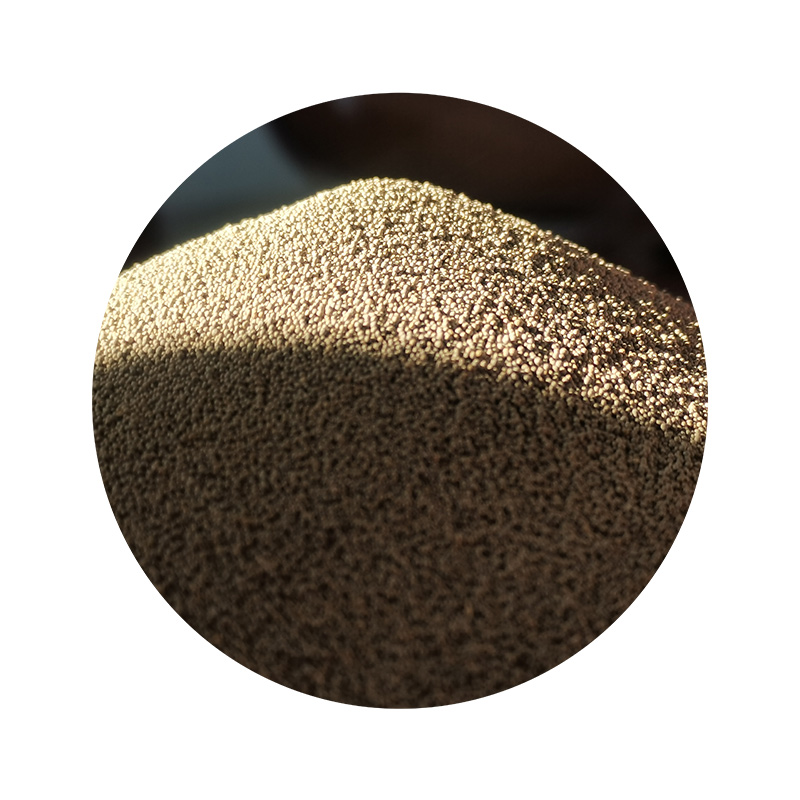An Overview of Sand Casting Manufacturers
Sand casting, also known as sand mold casting, is one of the oldest and most widely used metal casting processes in manufacturing. It involves creating a mold from sand and using it to produce metal parts through pouring molten metal into the mold. This technique is favored for its versatility and cost-effectiveness, making it a popular option for manufacturers across various industries. In this article, we’ll explore the key aspects of sand casting manufacturers, the processes involved, and the factors that contribute to the success of this method.
The Sand Casting Process
The sand casting process begins with creating a pattern, which is a replica of the final product. Patterns can be made from various materials, including wood, plastic, or metal, and they are used to shape the sand mold. Once the pattern is prepared, it is placed in a special sand mixture, typically composed of silica sand, binders, and additives. The mixture is compacted around the pattern to form a mold cavity.
After the mold is formed, the pattern is removed, leaving a hollow space that mirrors the desired shape of the finished piece. Attachments like gating systems and risers are added to ensure the proper flow and solidification of the molten metal. The final step in the mold preparation is to carefully dry the sand, ensuring it can withstand the intense heat of the molten metal.
Once the mold is ready, the molten metal is poured into the cavity created by the mold. This requires careful control of temperature and timing to ensure the metal fills the mold correctly without defects. After the metal cools and solidifies, the mold is broken away, revealing the cast part.
Advantages of Sand Casting
One of the main advantages of sand casting is its capability to produce complex shapes and large parts, such as engine blocks, pump housings, and other components that require intricate detailing. The flexibility of sand as a molding material allows for the creation of various part sizes and geometries, making it suitable for both small-scale productions and large industrial applications.
Cost-effectiveness is another significant advantage. Sand casting is less expensive than other casting methods, particularly for low to medium production volumes. The materials required for sand molds are readily available, and the sand can often be reused, further reducing costs.
Sand casting manufacturers also benefit from a wide range of materials. This process can accommodate ferrous and non-ferrous metals, including aluminum, bronze, and steel. Manufacturers can offer customized solutions for specific needs, adapting the chosen metal to suit the application.
sand casting manufacturers

Challenges Faced by Sand Casting Manufacturers
Despite its advantages, sand casting does come with challenges. The surface finish of sand-cast parts is generally rougher compared to other casting methods, such as investment casting. This may require additional machining or finishing processes, adding to the overall production time and costs.
Another challenge is related to defects that can arise during the pouring process. Issues such as porosity, shrinkage, or inclusions can compromise the integrity of the final product. Therefore, skilled technicians and quality control measures are essential to ensure that these defects are minimized.
Moreover, the physical properties of the sand itself can influence the casting quality. Different types of sand and binder materials may yield varying results, affecting factors such as mold strength and thermal stability. Manufacturers must select the appropriate materials to optimize casting performance.
Future Trends in Sand Casting
The future of sand casting manufacturing looks promising, with advancements in technology paving the way for improvements. Innovations such as 3D printing for creating sand molds are gaining traction, enabling manufacturers to produce complex shapes with higher precision. This technology could reduce lead times and material waste, making sand casting even more competitive.
Additionally, a greater focus on sustainable practices is pushing manufacturers to explore eco-friendly materials and processes. Using biodegradable binders or recycling sand from previous casts can help minimize the environmental impact of sand casting operations.
Conclusion
Sand casting manufacturers play a crucial role in producing a wide array of components that are essential for countless industries. With its advantages of cost-effectiveness, versatility, and the ability to produce complex shapes, sand casting remains a vital process in modern manufacturing. As advancements continue and sustainability becomes a priority, sand casting is likely to evolve, embracing new technologies and materials to meet the demands of the future.
Post time:ធ្នូ . 10, 2024 10:30
Next:sand casting cast iron
